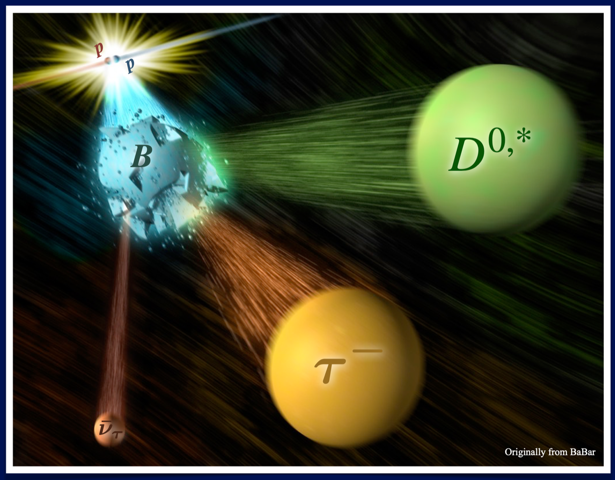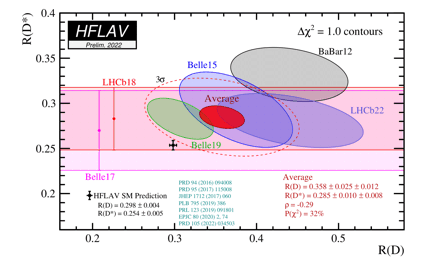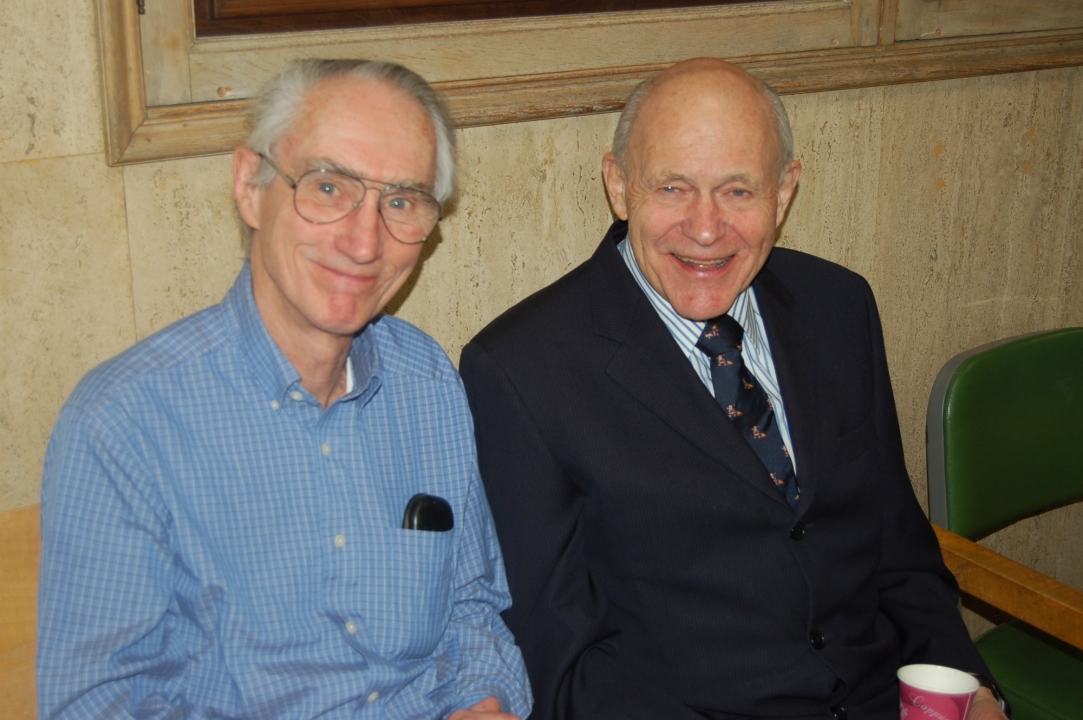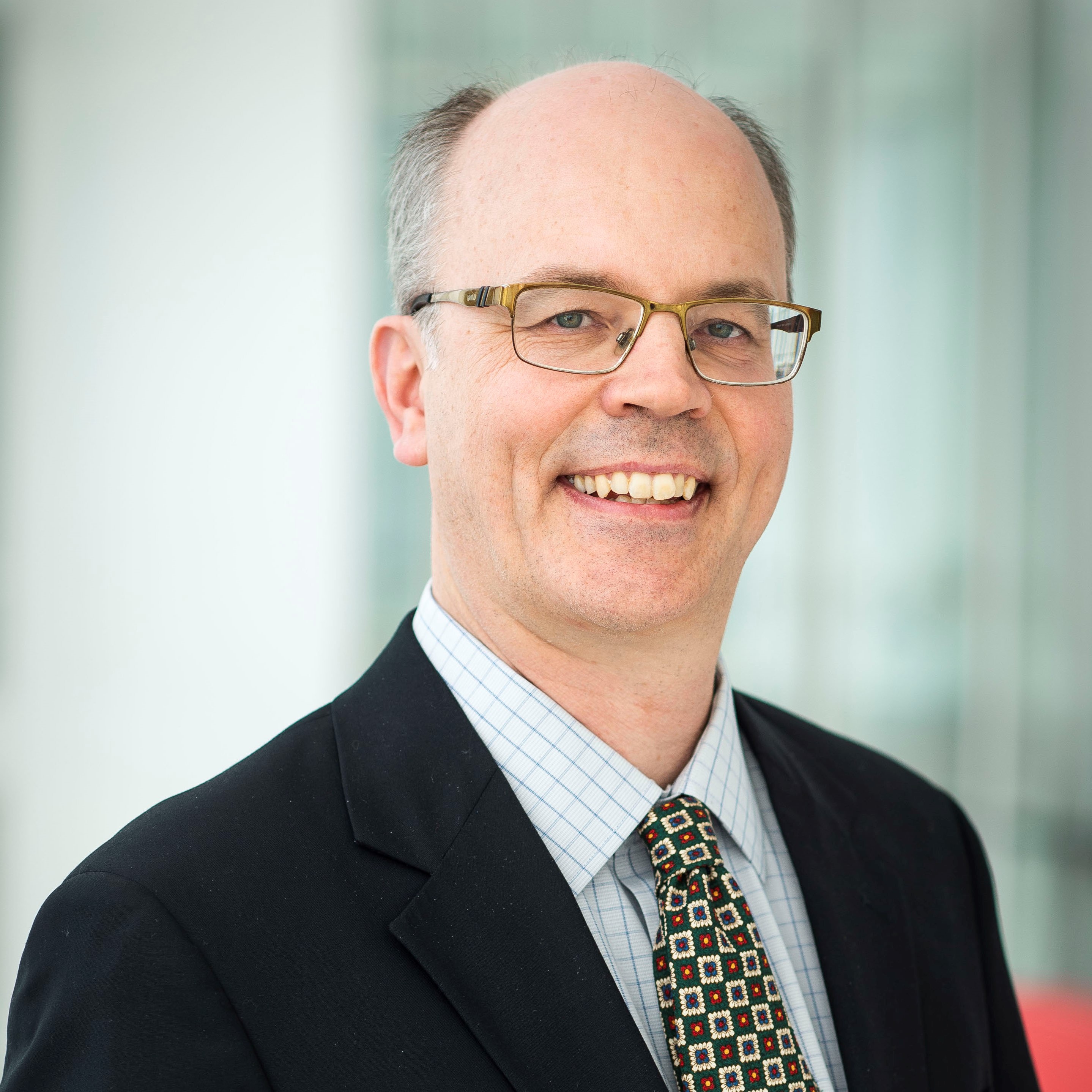(Possibly) Breaking the Standard Model, One Lepton-universality-violating Decay at a Time
- Details
- Category: Research News
- Published: Thursday, February 09 2023 02:53
Physicists in general, and high energy physicists in particular, like to "break" things. It can be useful to prove again that a well established theory is true, especially if you are probing a yet-untested prediction of the venerable theory. But proving that the theory is wrong--or at least not completely true--that is where the fun is. This is why a series of measurements of b hadron decays that seemingly break the Standard Model (SM) of particle physics is garnering so much excitement.
You see, the SM is the most well established theory of them all, the only one with predictions corroborated to the 11th digit (see the anomalous magnetic moment of the electron). It was fully fleshed out in the 70's, and since then it has racked up success after success. Its crowning achievement came in 2012 when the long-predicted Higgs boson was finally confirmed to be alive and well. Despite this resiliency, the SM is not the end of it all. It can't explain why the mass of the Higgs is so low, what the nature of dark matter is, or why there is so much more matter than antimatter in the universe. Finding answers to these questions will thus require breaking, or extending, the SM.
 Artistic representation of a proton-proton collision resulting in a B meson that subsequently decays to a charmed D0 or D* meson, a tau lepton, as well as a smaller antineutrino. Credit: Greg Stewart, SLAC National Accelerator Laboratory/BaBar and Manuel Franco Sevilla.ellipses while measurements of RD* alone are shown as markers with uncertainties.
Artistic representation of a proton-proton collision resulting in a B meson that subsequently decays to a charmed D0 or D* meson, a tau lepton, as well as a smaller antineutrino. Credit: Greg Stewart, SLAC National Accelerator Laboratory/BaBar and Manuel Franco Sevilla.ellipses while measurements of RD* alone are shown as markers with uncertainties. The results reflect analysis of two years of data by Phoebe Hamilton and Hassan Jawahery and their CERN collaborator, Greg Ciezarek.surement based on the same techniques that uses a data sample more than 6 times larger. This work, carried out by the all-UMD team Professor Manuel Franco Sevilla, Dr. Hamilton, Dr. Christos Hadjivasiliou, Yipeng Sun, and Alex Fernez, is now fairly advanced. So stay tuned, there's potential for SM-breaking ahead!
The results reflect analysis of two years of data by Phoebe Hamilton and Hassan Jawahery and their CERN collaborator, Greg Ciezarek.surement based on the same techniques that uses a data sample more than 6 times larger. This work, carried out by the all-UMD team Professor Manuel Franco Sevilla, Dr. Hamilton, Dr. Christos Hadjivasiliou, Yipeng Sun, and Alex Fernez, is now fairly advanced. So stay tuned, there's potential for SM-breaking ahead!--Manuel Franco Sevilla

